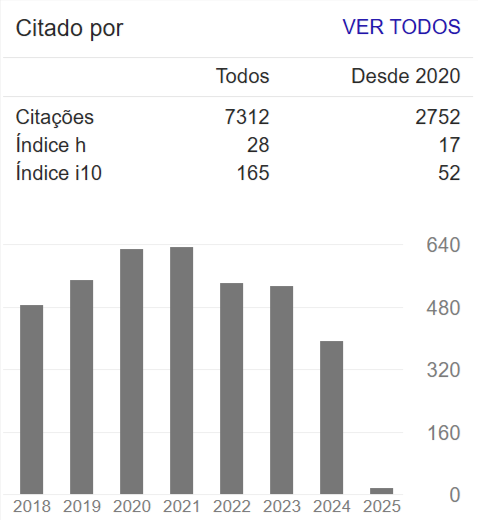Influence of Soil Layer Thickness on Karst Aquifers Protection in Humid and Mediterranean Climates by the COP Vulnerability Method
Abstract
Karst refers to a unique type of landscape where caves coexist and an extensive groundwater system developed especially on soluble rocks. Karst aquifers are highly fragile due to their highly developmental nature, where water circulates through conducts, fissures or fractures. Once contaminated, decontamination is almost impossible. Vulnerability methods have been created to predict the susceptibility of aquifer contamination by anthropogenic activities. There are several methods, but few are specific to karst. The COP method, an acronym used to designate the parameters C= Concentration flow, O= Overlaying layers, and P= Precipitation, was developed for the protection of karst aquifers of European Mediterranean countries and had good results. However, its application in humid tropical karst requires modification, mainly because there are differences in the aquifer protective layer (O Factor) between European Mediterranean karst and humid tropical karst which has a higher soil thickness. In this paper, two situations were simulated for a 240 km2 karst area: first, one with the direct application of the original COP method and the other adapting the method to more realistic tropical soil thickness. The results showed that the direct application of the method generate high protection, hanged to predominantly moderate given the reality of humid tropical climate karst, pointing to the need for adaptation of the original method.

















